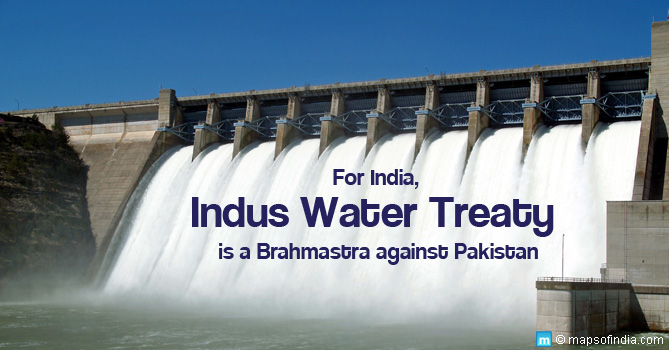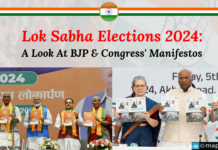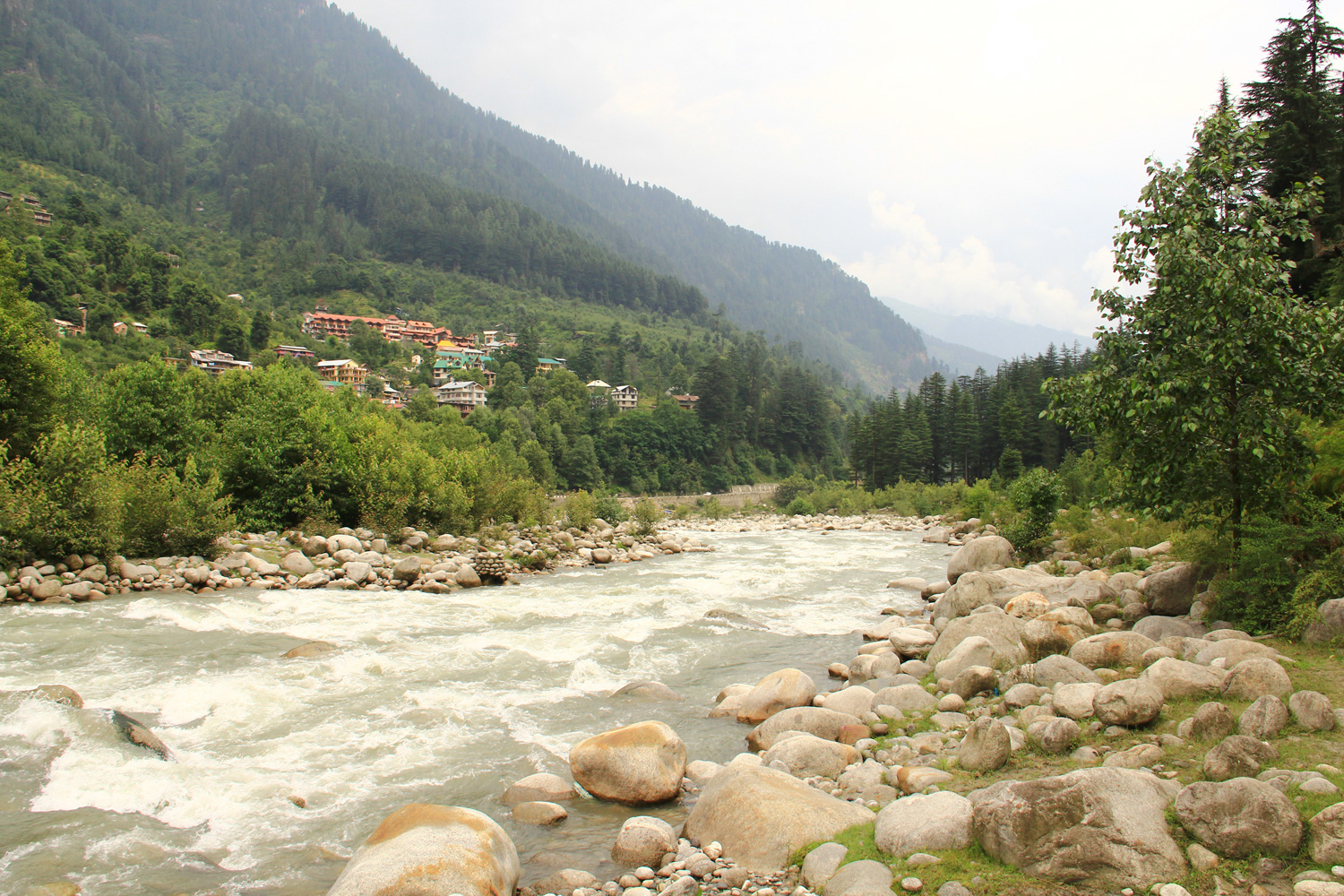Indus Water Treaty
Following Uri Attacks and Nawaz Sharif’s shameful and lamentable denial of the same, India has decided to raise the pressure on Pakistan. Part of this new aggressive stance of Indian Government is doing away with Indus Water Treaty (IWT) completely. The two major political parties of India – BJP and Congress – have already laid into the way the Prime Minister of Pakistan absolutely denied Uri Attacks during his recent address at a session of United Nations General Assembly (UNGA).
Read : #UriAttack 18/9: Is It Time for Pak to Pack Up?
They have questioned how India’s neighbour could absolutely deny that this shocking terror attack had its source in its territory. This is a critical question, considering the fact that it has already been proven that the terrorists had come from Pakistan.
Afghanistan joins India
At the UNGA session, Afghanistan joined India in pressurizing Pakistan. Sarwar Danesh, the Vice President of Afghanistan, said quite clearly that Pakistan has to be blamed for providing training, money, and equipment to terror groups such as Haqqani Network and Taliban that have wreaked havoc in Afghanistan over the years.
What is Indus Water Treaty?
IWT was signed on 19th September 1960 by India – represented by its Prime Minister, Jawaharlal Nehru – and Pakistan – represented by its President, Ayub Khan. The treaty was signed at the behest of World Bank at Karachi. It divided six rivers flowing in northern India among the two nations. Pakistan may be the lower riparian state in this case, but it has exclusive rights over Indus, Chenab, and Jhelum.
India, meanwhile, retains control over the eastern rivers Beas, Sutlej, and Ravi. These rivers originate from Punjab. They irrigate 110,000 sq km area in Pakistan – almost 20% of its entire area – and are necessary for 60% of its population.
They are responsible for the irrigation in Sindh province as well as the eastern part of Pakistan’s Punjab province, which is where most of Pakistan’s food crops are grown. These rivers are also important for southern parts of Punjab, which is where terror groups such as Jaish-e-Muhammad (JeM) and Lashkar-e-Taiba (LeT) are based. The treaty has stood strong in spite of the wars of 1965, 1971, and 1999.
It became necessary after Punjab was partitioned in 1947. This meant that the sources of irrigation system of Indus Basin lay in India and the channels went to Pakistan. After Independence, there was some panic in Pakistan as to what would happen if India decided to stop the rivers from flowing into its territory, but they came to an agreement whereby it was decided that the rivers would be allowed to flow organically. This would also have given both the countries sufficient time to eke out a mutually-acceptable agreement.
However, Pakistan were still not satisfied, perhaps because it feared that India would act the same way it treated Balochistan and Jammu and Kashmir. Incidentally, Pakistan used force to initiate these kingdoms in its territory even though it had agreed with the monarchs of the respective kingdoms that no such thing would happen.
It even asked the Americans for assistance. They sent David Lilenthal, ex-Chairman of Tennessee Valley Authority and US Atomic Energy Commission, as a journalist to deal with the issue. Lilenthal suggested that both countries come together to develop the basin region, so that both could generate more food. He also feared that there could be a war in case no agreement could be reached, therefore advising that World Bank be asked to mediate in order to help both the countries reach an acceptable solution.
Both India and Pakistan agreed to this and after some negotiation, a draft agreement was prepared in 1954. Pakistan, however, asked for better terms and refused to accept it. World Bank also became a judge instead of being the broker it was supposed to be. Previously, World Bank had assured India of its purely technical role, when the country had objected to its participation. Ultimately, the final agreement was reached in 1960 and it was mostly the same as 1954’s draft agreement.
As per the treaty, India was allowed to use the rivers in Pakistan’s control for non-consumption purposes like drinking water. In spite of being the lower riparian state, Pakistan got 80% of the rivers’ waters – an amount not hitherto seen before. As per the final treaty, Pakistan was provided grants and soft loans so that it could create alternate systems. Even India was supposed to provide some amount into the same!
Now, one needs to ask a few questions: Why India agreed to such humiliating terms? Why did it consent to the participation of World Bank for rights to rivers that were essentially flowing in its own territory?
Cold War had started by 1949, and soon, Pakistan became an ally of the Western Bloc headed by the US and the UK. India, too, needed plenty of funds for development and the aforementioned countries were its largest donors. It also wanted a greater access to World Bank. There was nothing really that India could have done at that point in time.
The treaty came into force from 1970 and ever since Pakistan has sought dispute settlement. First, it wanted a neutral expert for the Baglihar case in 2007, and then it raised Kishenganga Dispute in 2010, that was settled by Permanent Court of Arbitration (PCA). In both its interim and final rulings PCA damaged India severely and allowed it far lesser usage of the western rivers than what it was supposed to receive. This significantly hampered India’s chances to produce sufficient electricity in Jammu and Kashmir and satisfy its other developmental requirements.
As per the treaty, India needs to take the permission of Indus Water Commission in case it wants to undertake a development project at any of the western rivers – these originate from Kashmir. Pakistan has made full use of this legislation by raising nonsensical objections to any and every developmental project being done on the rivers by India.
However, now that Vikas Swarup, the spokesperson of External Affairs Ministry, has put question marks regarding its continuity, things can be expected to take an unwholesome turn.
What has Swarup said?
Swarup has stated – and quite rightly so, if it can be said – that differences persist regarding the treaty. He has pointed out that in order for such treaties to work it is important that both parties are able to trust each other and also co-operate with each other. As he has stated, such relationships can’t really be one-sided, something that they seem to have become with the repeated acts of terrorism emanating from Pakistan’s soil and its subsequent denial of the same.
A number of experts have been asking for this treaty to be reviewed in the wake of the generally-hostile attitude of Pakistan towards India. Incidentally, as the Preamble to IWT says, the treaty is based on goodwill and this somewhat firms up Swarup’s opinions regarding the importance of trust issues in these treaties.
Opinions of analysts
Brahma Chellaney, a well-known analyst, has stated that if Pakistan wants to safeguard Indus Treaty and keep majority of the waters of the western rivers, then it has to fulfill its other duty — as per international law — to stop patronizing terror groups that are attempting to wrong the co-riparian state, India in this case. He has cited Article 62 of the Vienna Convention on the Law of Treaties that enables treaties to be dissolved, in case the circumstances change fundamentally. His stance has also been supported by Yashwant Sinha, an erstwhile Foreign Minister himself.
However, yet another group of experts also opine that India would not be able to achieve much headway in this case, since International Tribunal will intervene anyhow and get this treaty restored. India would also find it difficult to lock these rivers in Kashmir or reroute them to connect with any river originating in Pir Panchal Mountains.
Diplomatic victory for India
On 22nd September, 2016, India gained diplomatic victory over Pakistan. At the UNGA session, where Nawaz Sharif spoke on the issue of Kashmir for 80% of its speech-time, received zero support from the 50 countries that spoke on that day touched on the issue of Kashmir that occupied 80% of Nawaz’s speech. As per Swarup, the Secretary General of UN even refused to accept the dossier provided by Sharif while making it crystal clear that the global body would not step in on the Kashmir issue. The Secretary hinted that the issue is needed to be solved mutually by India and Pakistan.
India at SAARC Summit
The nineteenth SAARC Summit is expected to be organized on 9th and 10th November at Islamabad and Murree in Pakistan. It is not known if Narendra Modi will take part in the same. There is a thought in certain circles that India might declare Pakistan to be a terror state, but Swarup has said that would take some legal processes to be done internally. He has also rebuffed suggestions that India would cut off ties with Pakistan. The Foreign Secretary of India had on 21st September issued a demarche to the High Commissioner of Pakistan. Swarup states that if the countries have no diplomatic relations, there can be no opportunity to protest diplomatically.
Reaction in political circles
Both Congress and BJP have asked Pakistan to stop bringing up Kashmir issue or meddling in its internal affairs otherwise. Abhishek Manu Singhvi, spokesman of Congress, has stated that by denying Uri Attacks Pakistan is making itself a laughing stock around the world, without even realising the same. He has also termed Pakistan to be the largest exporter of terrorism in the world.
India’s reaction to Uri Attacks
In spite of what happened on 18th September, India is not expected to retaliate with arms and violence. The government has taken this stance in spite of people crying out for revenge for the heinous attacks from various circles. This is where perhaps the IWT could be a major arrow in its quiver. As much as Chellaney wants India to absolutely withdraw from the treaty, there is no provision for such a stance in the same, or even for its dissolution, for that matter. In spite of all this, it is definitely one option that India is mulling now. It is also expected that such a possibility will get plenty of support from different quarters within the country.
Possible international repercussions of scrapping IWT
If IWT was really scrapped by India, then Pakistan would become a veritable desert since the lifeline – Indus system – would be taken away from it. The US is likely to intervene, since Pakistan is an important country for itself. It is also unlikely that China – a key ally of Pakistan with less-than-cordial relations with India – would not step in if things reached a certain point. What India could possibly do is follow China’s lead in not accepting PCA’s ruling as the final one. At least, that could mitigate matters somewhat.
However, if the treaty were indeed scrapped the leaders in Jammu and Kashmir would be the happiest, considering how its leaders have always called for the removal of the agreement. They know fully how it puts the region in disadvantage. The state has a power potential of 20,000 Mw, but it can only use 2500 Mw because of restrictions imposed by the treaty. India can back out of the treaty citing how Pakistan has been a breeding ground for anti-India terrorists and it is a viable reason.
Read More:
PakBorderBrutality: India Hits Back Strongly
Map of India and Pakistan
India Surgical Strikes Against Pak Across LoC
Indus River
River Map of India
Uri Terror Attack: It’s a Call to Action
Uri attack – Effective retaliatory options before India
Where is Uri
Interesting Facts About Indian Army
Can The Kashmir Issue Be Ever Resolved Through Peace Talks?
Who was Burhan Wani
Government’s Outreach to Youth From Kashmir
The NIT Srinagar Issue
Militant Groups in India
Kishtwar: Another Burning Chapter in Kashmir
Article 370 of Indian Constitution – Historical Background and Provisions





